Demand Letter Template for Return of Personal Property
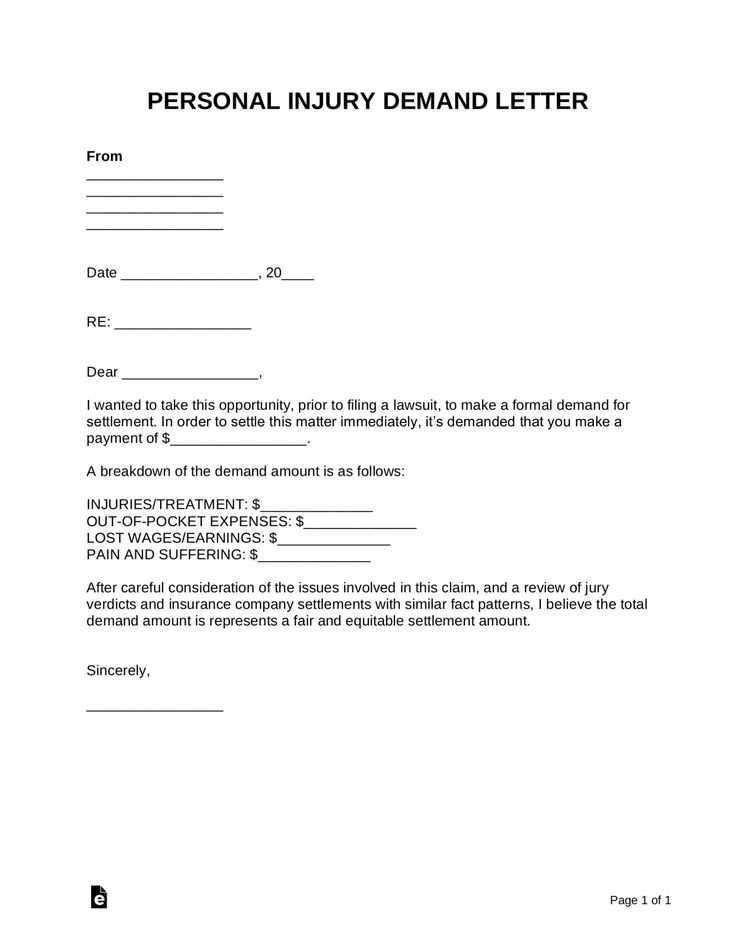
When you are faced with the challenge of reclaiming your items from another individual or entity, it’s essential to approach the situation with clarity and professionalism. Whether it’s a lost item, an item that was borrowed, or something that was unlawfully withheld, initiating formal communication can help ensure the process is smooth and effective.
Creating a clear and precise message outlining your expectations and the steps you want the recipient to take can be a powerful tool. A well-structured communication not only conveys your intent but also establishes a legal basis for any further actions if necessary.
In this guide, you will find a structured approach to crafting a document that sets the tone for your request. With the right approach, you can communicate your needs firmly yet politely, increasing the likelihood of a positive response.
Why You Need a Demand Letter
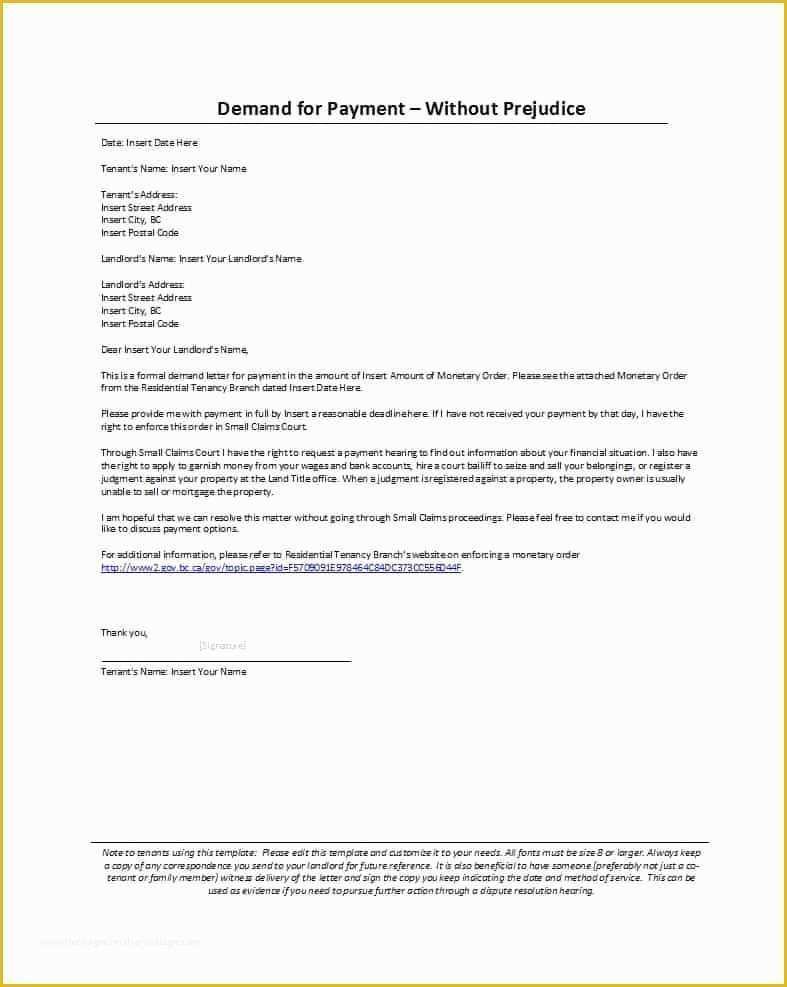
When you need to ask someone to return something that belongs to you, it’s essential to take a formal approach. While a casual request might work in some situations, when dealing with more serious matters, using a structured and clear communication method is crucial to protect your interests and convey your intentions effectively.
Establishing Legal Grounds
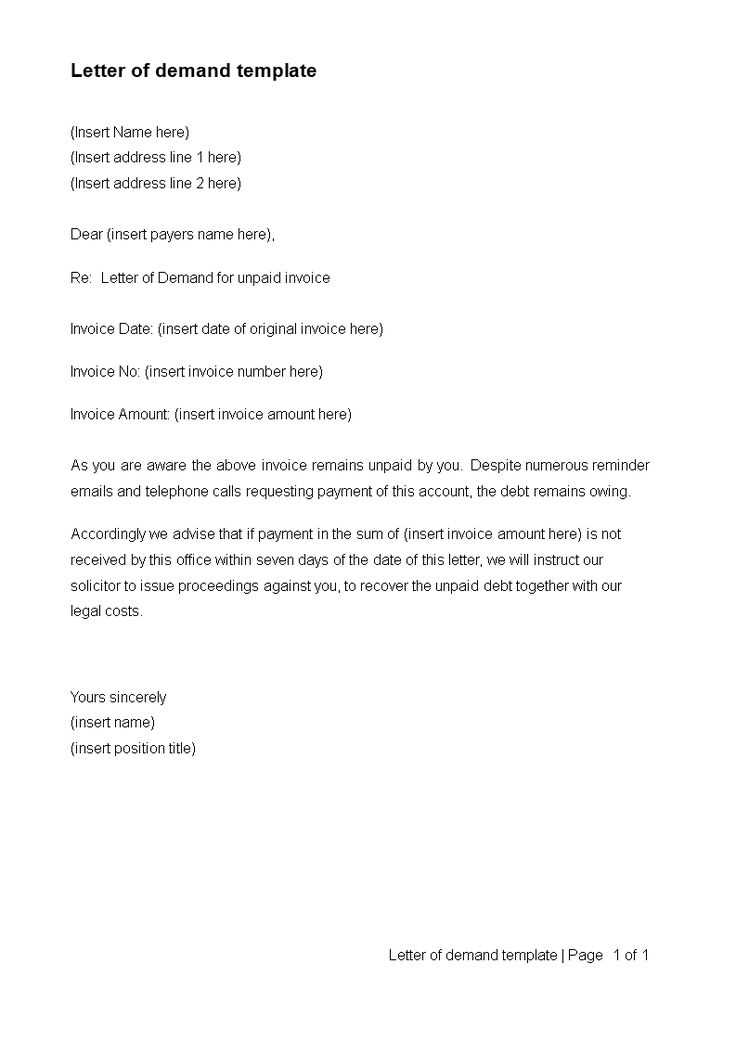
Formal correspondence provides a written record of your claim. This documentation can be valuable in case you need to pursue further legal action. Having evidence that you’ve made a clear request can strengthen your case if the matter escalates to a court or mediation.
Setting Clear Expectations
By clearly outlining what you expect and the timeline for action, you help avoid misunderstandings. This ensures that the recipient knows exactly what needs to be done and by when, providing a fair chance for resolution. Clear communication helps maintain a professional tone and fosters cooperation.
Key Elements of an Effective Template
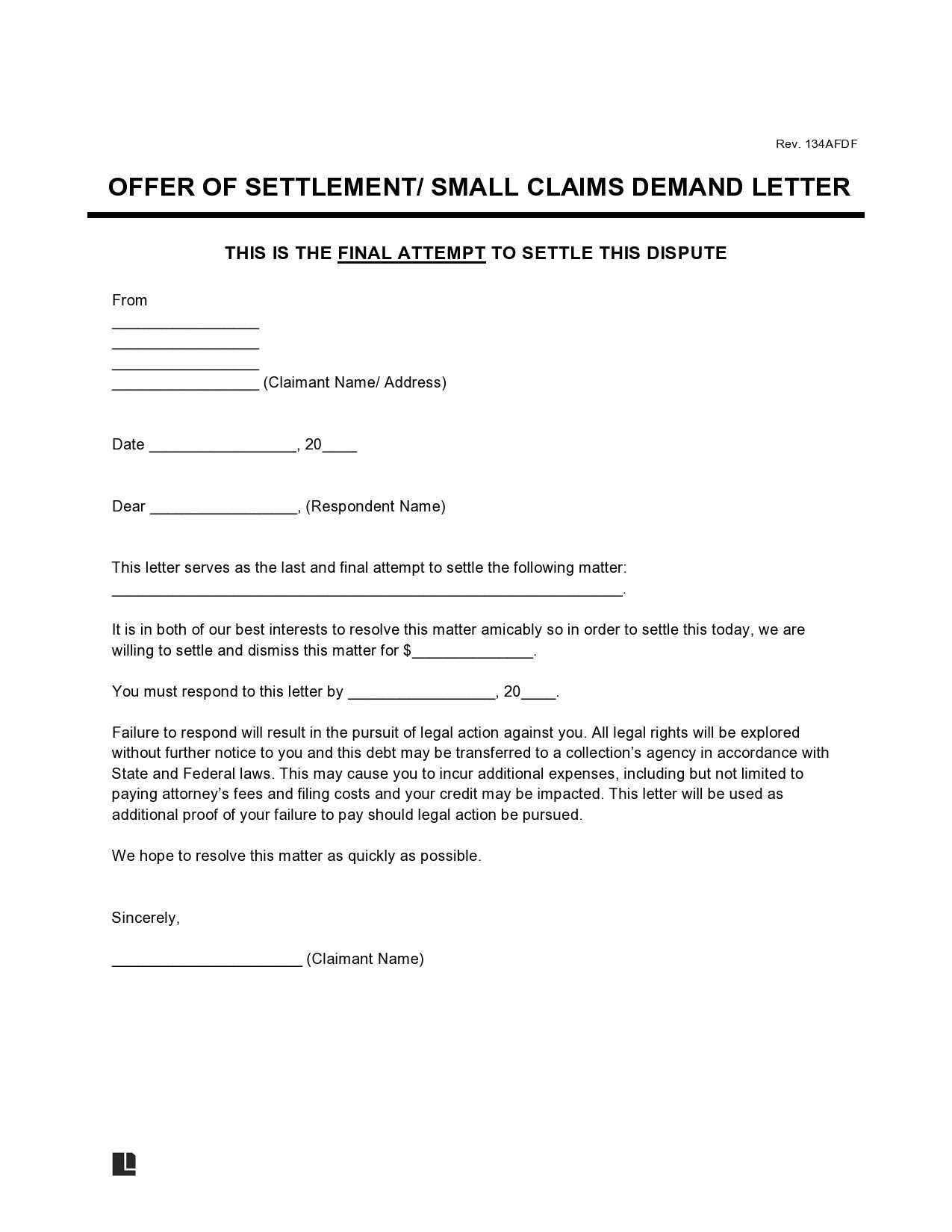
When crafting a formal request to reclaim something of yours, certain components must be included to ensure clarity and effectiveness. A well-constructed message not only conveys your request but also sets a clear framework for the recipient to follow. These essential elements ensure that your communication is professional, precise, and legally sound.
Start with identifying the item you seek to recover, including specific details like the description, location, and any relevant dates. This makes your claim unmistakable and removes any doubt regarding the subject of the communication.
Next, include the exact action you expect the recipient to take, along with a reasonable deadline. This shows that you are serious and helps avoid confusion. Lastly, be sure to outline any potential consequences if the matter is not resolved within the specified time frame.
How to Draft a Personal Property Request
Creating a request to reclaim your belongings requires a thoughtful approach to ensure it is clear, professional, and sets the right expectations. A well-written message helps in establishing a formal tone and may increase the likelihood of a prompt and favorable response.
Steps to Follow
Follow these key steps to draft an effective request:
- Identify the item clearly: Provide detailed descriptions of the item, including any relevant identifiers like serial numbers or specific features.
- State the reason: Explain briefly why you are seeking the return of the item. Be concise but clear.
- Set a timeline: Specify a reasonable deadline for the item to be returned, ensuring that enough time is given for action.
- Outline consequences: Mention any next steps or actions you may take if the item is not returned within the designated time frame.
Tips for Professional Tone
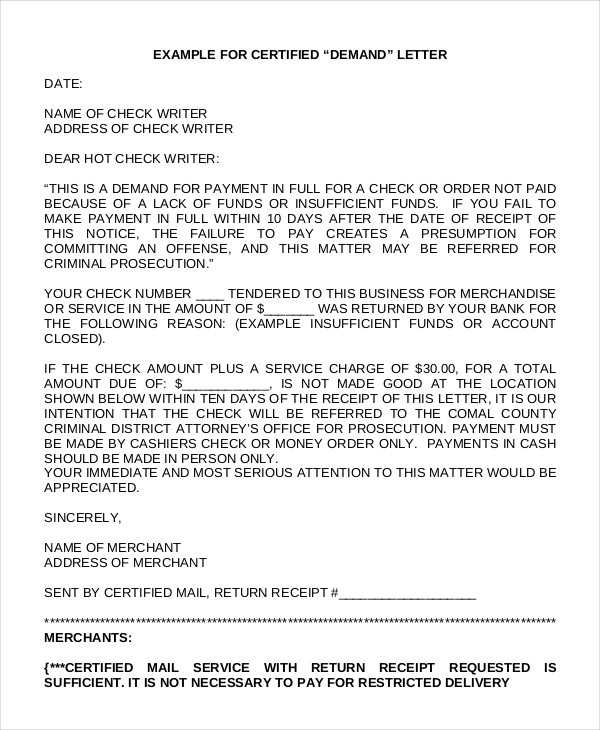
Keep your language polite but firm. Avoid using emotional language or threats, as this may reduce the effectiveness of your request. Ensure that the tone remains respectful to encourage a positive response.
Common Mistakes to Avoid in Letters
When writing a formal request to recover an item, certain pitfalls can undermine your message. These mistakes can reduce the likelihood of your request being taken seriously or even lead to unnecessary misunderstandings. It’s important to be aware of common errors and avoid them to ensure your communication is clear, professional, and effective.
Key Mistakes to Watch Out For
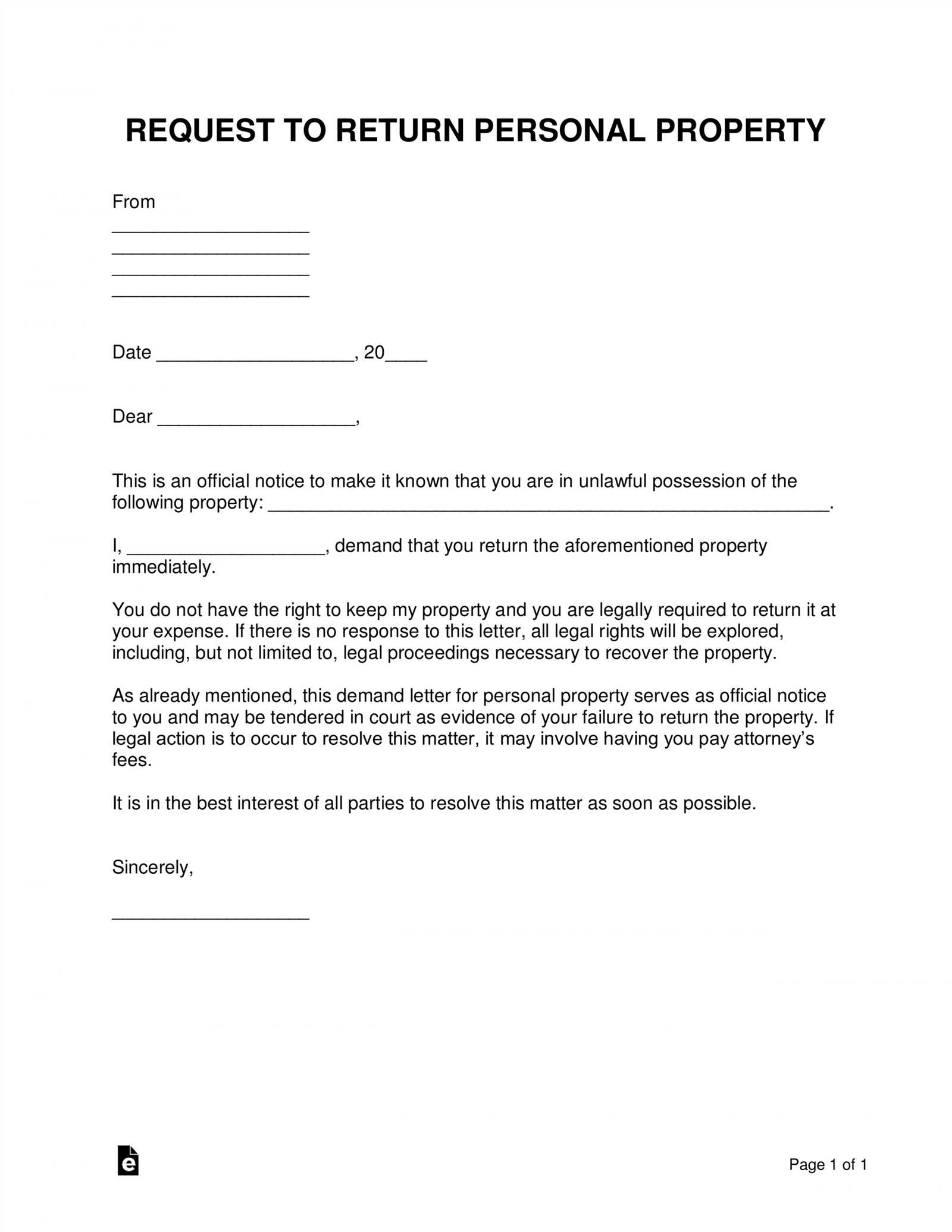
| Common Mistakes | Why It Matters |
|---|---|
| Being vague about the item | Lack of details can cause confusion and delay the process. |
| Setting an unreasonable deadline | A too-short timeline might make the recipient feel rushed or unwilling to comply. |
| Using an aggressive tone | Being confrontational can lead to a defensive response, harming cooperation. |
| Omitting possible next steps | Not outlining actions you will take if the item isn’t returned can weaken your position. |
How to Avoid These Mistakes
Be specific and clear about the item you want back. Use a polite but firm tone to express your request and make sure to provide a reasonable timeframe. Clearly outline what actions you’ll take if your request is not fulfilled, while remaining professional in your approach.
Legal Considerations for Property Recovery
When seeking the recovery of your belongings, understanding the legal aspects of the process is crucial. This ensures that your actions are compliant with the law and that you take the correct steps if the situation escalates. Knowing your rights and obligations can help you approach the matter with confidence and clarity.
There are several legal principles that govern the recovery of items, including ownership verification, contract enforcement, and the procedures for resolving disputes. It is essential to know the local laws regarding personal property and the steps required to legally reclaim your belongings. In some cases, taking formal action may be necessary to avoid further complications.
Before moving forward with any claims, it’s important to assess the situation thoroughly, considering both your legal standing and any potential consequences for the other party involved. Consulting with a legal professional might be beneficial to navigate more complex situations and ensure the recovery process adheres to relevant legal requirements.